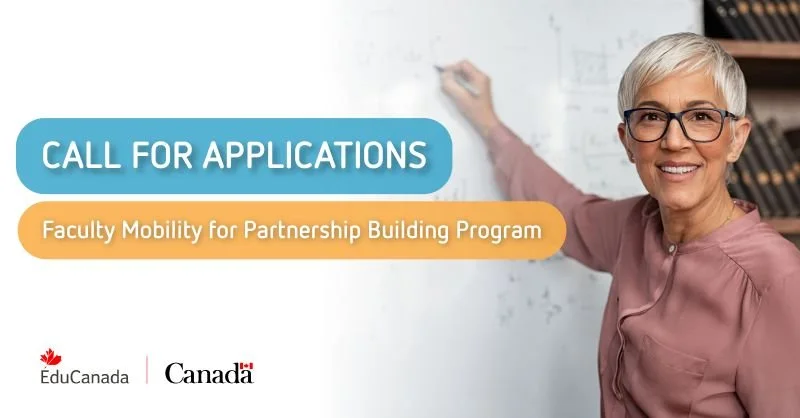When studying for exams, the first step is to gather all relevant course materials. This may include textbooks and course assignments. It will certainly include notes you’ve taken during lectures, labs, and/or tutorials. However, your notes will only be useful if they are well-organized and thorough. By learning to take effective notes, you’ll be preparing for your exam from the very first lecture.
↓ Basic steps of note-taking ↓
1.Go to class prepared.
Do the assigned readings, prepare questions on anything that’s unclear, and have a general knowledge of the topic that will be discussed in class. This will improve your understanding of the lecture, and of the notes you’ll take.
2.Improve your listening skills.
Completing the readings before each class will help you prepare, predict, and understand what is important in the lecture.
Listen for key words such as “important,” “main-point,” “key question,” and “main theory,” phrases that indicate structure such as “turning to,” “in summary,” and “moving on,” or indications of the number of categories or ideas being presented, such as “first,” “second,” and “finally.” Use these cues to structure and mark your notes accordingly.
Pay attention to the lecturer’s body language and tone. Often you can interpret relationships between ideas by the way they are conveyed and presented.
3.Develop note-taking skills.
Develop a note-taking style that works for you, such as the Cornell Note-taking System. Writing down notes, audio-recording lectures (with professor’s approval) to replay later, and printing off PowerPoint handouts are all note-taking methods that work for people with different learning styles. Experiment with format in your written notes: for example, headings and bullet points can provide visual representations of the lecture’s structure and the relationships between ideas. Sometimes it is a matter of trying each method before finding one that works best for you.
Helpful hint: Having notes organized in an itemized (also likely chronological) fashion will make it easier to locate them when it comes time for exams.
4.Play close attention to content.
It is not necessary to write down everything from the lecture. Focus instead on major concepts, important examples, and relationships between ideas. Effective notes should allow you to remember not only the content of the lecture, but also what connections can be made with the lecture content, and what the professor has deemed important. Prepare for the lecture by studying the course outline to determine what readings are necessary for each lecture, and what the topics of that class will be. Creating a basic outline of the main topics works well, as most professors deliver their lectures according to an outline.
Using short-hand: In order to more efficiently capture the content of a lecture, later a shorthand system for note-taking. Here are some common forms of shorthand (you can also develop your own:
e.g. - for example
c. - about/approximately
thru - through
ref. - reference
imp. - important
No. - number
probs. - problems
p./pp. - page/pages
diff.t - different
w/ - with
i.e. - that is
etc. - and so on
N.B. - note
Q. - question
sit. - situation
eval. - evaluation
analy. - analysis
diff/diff.y - difficult/difficulty
max. - maximum
↑/↓ - increase/decrease
5.Ask questions.
When you are taking notes and you miss a key point, or are confused about the connection to or relevance of a topic, feel free to ask your professor to repeat or clarify a point in class.
On each page of notes, be sure to include:
- Course Title
- Abbreviations
- Lecture Title
- Date
- Page Number
Any Major Concepts or Subtopics Discussed in that Lecture (which will help you locate topics during later study)
↓ Reviewing lecture notes:
To ensure you understand the material, either prior to or after the lecture, it is useful to consider the following:
What is the title of the lecture?
How does this lecture relate to the other lectures within this course?
What does this lecture mean to you?
What information have you gathered about this topic from readings or other sources previously?
How does the lecture relate to any current events or topics within the discipline you are studying?
Answering these questions before and after each lecture will help to relate the material to a broader course of study. It will also bring a deeper sense of clarity and understanding to the topic. This, in turn, will help with developing questions and study concepts to use for review at a later date.
It is important to review lecture notes as soon as possible after class. While the material is still fresh in your mind, clean up any shorthand notes, expand on incomplete thoughts, and organize the key themes or ideas of each lecture to gradually build an understanding of the greater concepts of the course. Check your notes against others in your class. You can cooperate in sharing your notes, and get confirmation that you’ve covered the whole lecture. Reviewing course material as you go dramatically reduces the amount of study time needed before exams.
Focus on the material from lectures, and supplement with course readings. If you are using a course textbook, read only content that directly relates to material covered in lectures or assigned by the course instructor. It is rarely a good use of your time to read entire chunks or chapters of a textbook, as this dense material can be difficult to digest, is often read passively, and it can be hard to remain focused. Rather, use your textbook as a supplementary resource to clarify concepts you are unsure of.




















